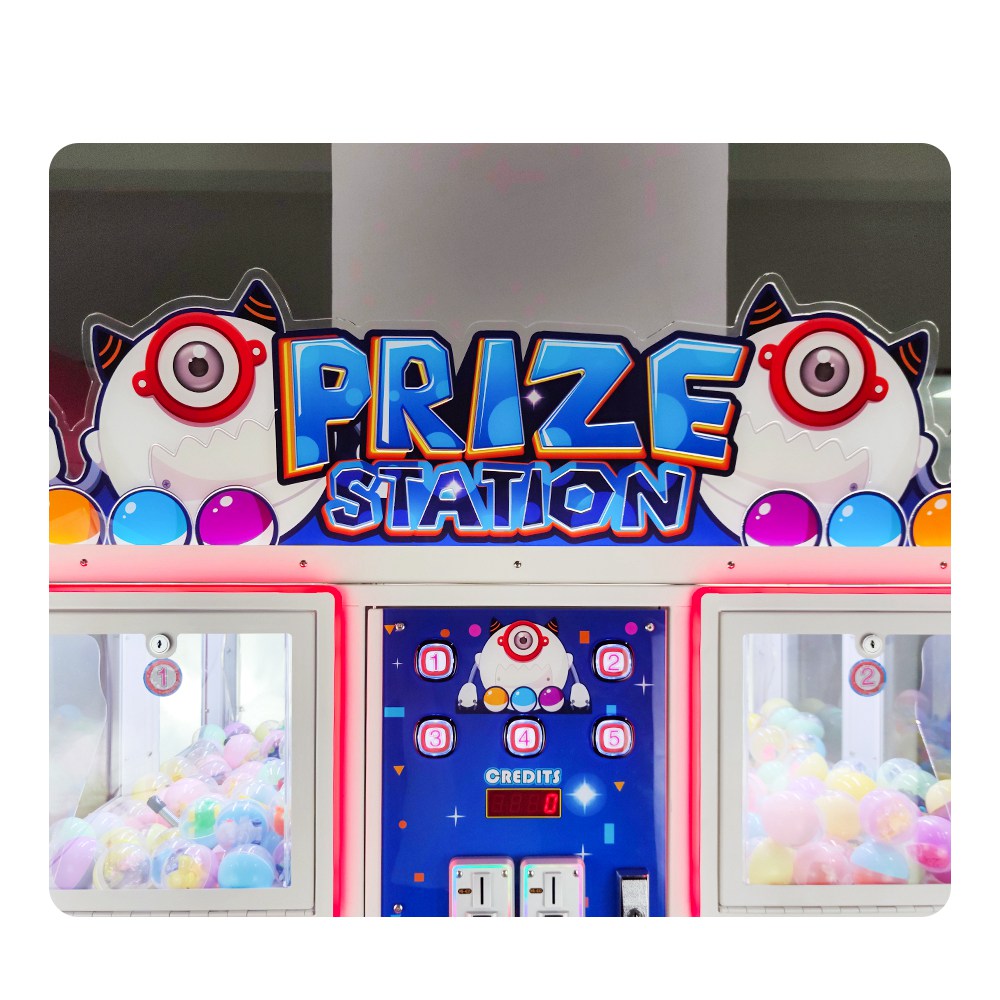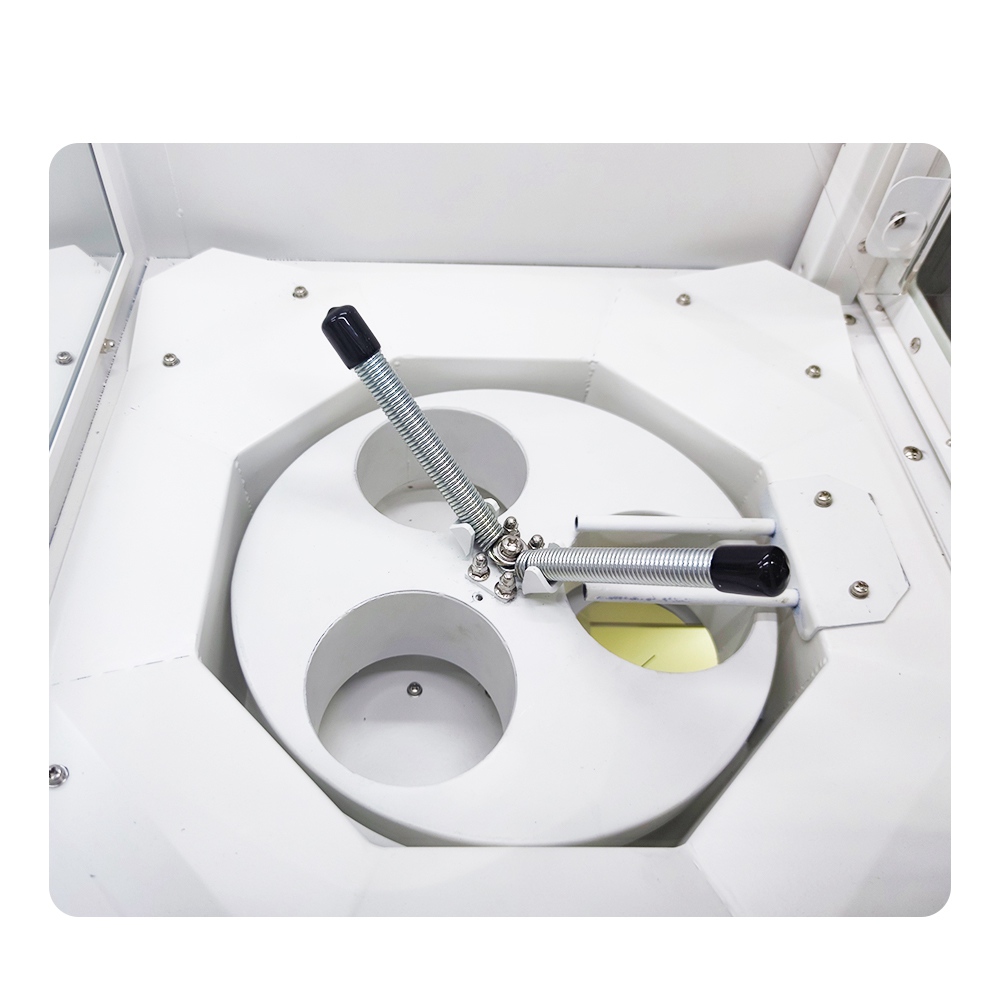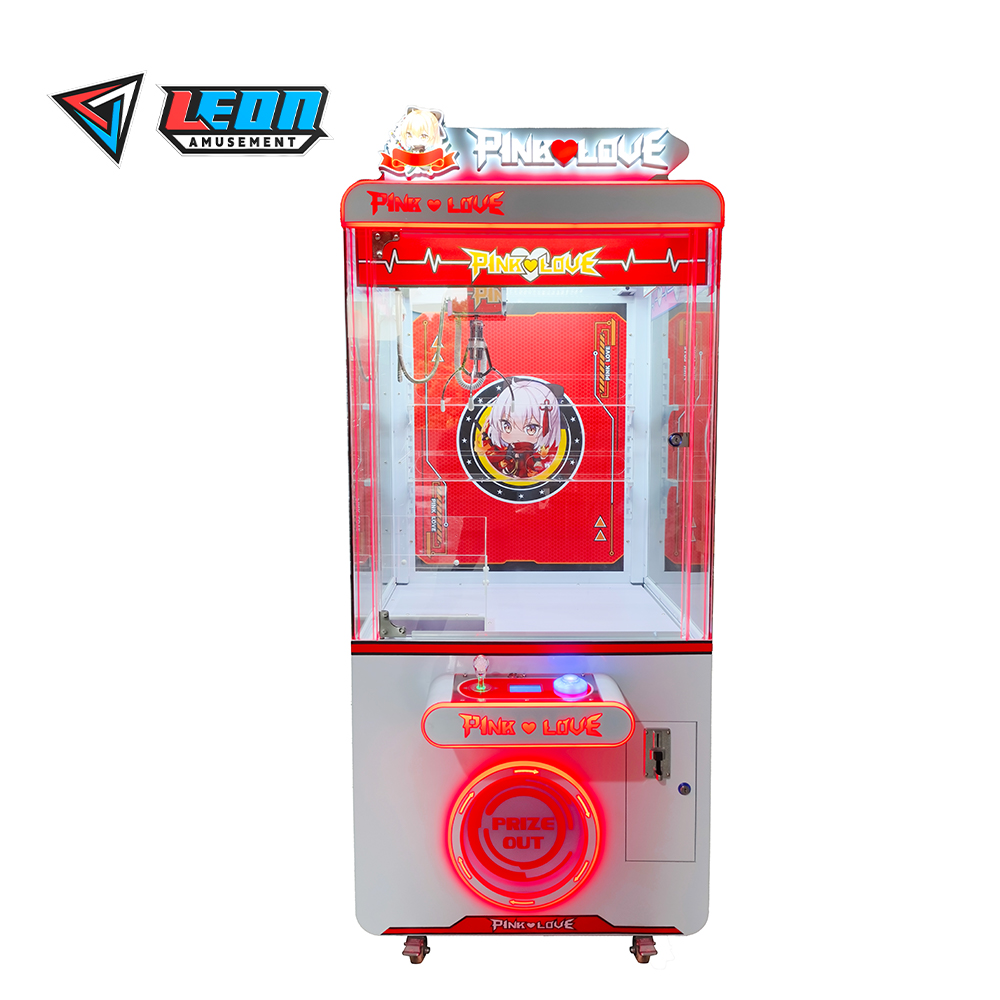Gashapon machines offer over 5,000 types on the market, with prices ranging from 200 to 800 yen, which is very reasonable. The element of surprise makes many consumers love the uncertainty. Approximately 75% of consumers enjoy this uncertainty, making gashapon an inexpensive, convenient, and diverse form of entertainment.
Table of Contents
ToggleNostalgia and Culture
Gashapon is not only a unique phenomenon in Japanese culture but is also relevant from a social psychology perspective. Starting from the 1960s, gashapon machines gradually became part of Japanese people’s daily lives and hold an important place in children’s memories. In this respect, nostalgic feelings, according to psychological research, can positively influence mental health by making individuals feel happier and more socially connected. A survey in 2019 indicated that 70% of adults in Japan reported gashapon machines to be a part of their childhood. This could mean attachment to the products, which would explain why consumers continuously consume such products well into adulthood.
In Japan, the cultural background and social impact of gashapon machines run especially deep. Many consumers use gashapon machines not only to obtain toys but also to relive memories from their childhood years. Consumers share their experiences with gashapon machines and their collections on social network platforms, establishing a unique community culture. An example can be seen on Instagram and Twitter, where there are specific hashtags used to share unboxing videos and displays of collections, further increasing people’s interest in and sense of belonging toward gashapon machines.
Furthermore, the popularity of gashapon machines represents Japanese society’s acceptance of consumer culture. In recent years, with the globalization of anime culture, many foreign visitors have also taken a great liking to gashapon machines. Thus, this has become not only a local phenomenon but also a tool in the exchange between cultures around the world. During events such as anime or gaming expos that take place in Japan, gashapon machines always attract large crowds and have become an indispensable part of any exhibition.

Collectibility
Due to the popularity of Japanese cultural characters, the toys sold in gashapon machines have a high degree of collectibility. From market analysis data, in recent years, the annual growth rate of gashapon has reached 15%. Consumer love for gashapon is not an accident. Most of the gashapon toys aren’t just plastic items but are artworks designed and crafted carefully with high craftsmanship. For example, some special edition gashapon in the “One Piece” series turned into “star products” in the collector community the moment they were released.
What drives the passion of collectors for gashapon is its unique design and limited releases. The Japan Toy Association reports that about 60% of consumers answered that they bought gashapon mainly to collect rare items. To feed this demand, many manufacturers often release limited edition gashapon in relatively short supply, whose prices can increase two- to threefold in the secondary market. For example, it is not rare that an originally 500-yen limited-edition “Pokémon” gashapon is sold in the secondhand market for 3,000 yen or even higher. These price fluctuations indicate enthusiasm in the market for the product and evidence that gashapon have potential as an investment tool.
Surprise Element
The unpredictability of gashapon machines is one of their biggest selling points, and many customers experience anticipation and excitement closely linked with this uncertainty. According to the “uncertainty effect” in behavioral economics theory, when people face uncertain outcomes, they will feel strong psychological arousal, thus driving consumers to try time after time. Research from “Consumer Psychology” suggests that approximately 80% of all consumers report that one of the major reasons they purchase gashapon is the surprise experience created by this random element.
Gashapon machines exhibit randomness not only in the variety of toys but also in the uniqueness of each gashapon. Most of the gashapon series introduce special editions or hidden items, creating an atmosphere of anticipation when consumers insert coins. Psychologists believe this “winning” feeling greatly enhances consumer satisfaction, creating a positive cycle of “repeat purchases.” In some regions of Japan, gashapon machines even have “grand prize” settings, where lucky consumers are able to get higher-value toys at once, adding to the fun of buying.
Affordable Prices
Perhaps one major reason behind gashapon machines’ popularity is the pricing strategy. Generally speaking, prices range from 200 to 800 yen, making them affordable for many consumers in their daily lives. According to market surveys, the annual expenditure of families on gashapon is around 10,000 to 30,000 yen—a relatively small fraction of their expenditures. Because of such affordability, consumers are more than happy to regard gashapon as bringing small happiness into daily life, thereby raising their frequency of purchase.
Besides, the operational cost of a gashapon machine is comparatively low; it allows manufacturers to provide more competitive prices while keeping a good profit. On the market, the investment cost for a single gashapon machine normally runs tens of thousands of yen, and each machine can achieve a return rate of over 200%. This economic model promotes the wide circulation of gashapon on the one hand and provides considerable revenue for operators on the other.

Accessibility
With numerous gashapon machines distributed nationally in Japan, their appeal and consumer convenience further increase. According to recent data, there are now over 30,000 gashapon machines throughout Japan, with an annual growth rate of 10%. With such coverage, it is considerably easy to find machines in everyday life, whether at large shopping malls, train stations, or convenience stores and street corners.
The design of gashapon machines keeps innovating toward various consumer scenarios. For example, many new gashapon machines are fitted with digital screens that display the types of toys currently available and their market popularity, attracting consumers’ attention. This feature not only enhances user experience but also enables consumers to conveniently choose any toy they want.
The accessibility of gashapon machines creates a social aspect. Many customers create content around their gashapon experiences on social media. In this way, a community culture emerges based on their investment in gashapon. Customers, for instance, interact with unboxing videos and comments around gashapon machines on Twitter and Instagram. Gashapon has now become a hot social topic that attracts participation.
Limited Editions
In marketing studies, the act of releasing limited edition gashapon is called “scarcity marketing,” a method of making the product more valuable by making consumers feel a scarcity of the product. In this case, the limited edition toy will not only be more precious, but there will be greater willingness from consumers to purchase it. According to market research, the demand for limited edition gashapon is often twice that of a regular item, reflecting people’s preference for a scarce good.
For example, some ultra-rare limited edition gashapon may be sold out within several hours of their release. This results in queuing in front of the store half a day in advance for the chance to get those ultra-rare items. The urgency motivates consumption and raises consumers’ loyalty to the brand. It can be found through market investigation that about 60% of customers are glad to pay higher prices for the limited edition product. This trend encourages continuous production and publication of limited edition gashapon.
More telling are the resale prices of limited edition gashapon in the second-hand market. According to data in Japan’s second-hand market, the resale price of a limited edition gashapon is usually 150% to 300% of its original price, reflecting the enthusiasm of the market and showing the potential of gashapon as an investment tool. Some experienced collectors even consider gashapon as art whose value will continue to grow over time.
Diversity
The product line available in gashapon machines covers a wide range of topics, from anime and games to everyday items. According to market research, more than 5,000 types of gashapon exist on the market today, and this large number attracts not only children but increasingly adults. In consumer surveys, around 65% responded that they make purchases in order to look for interesting gashapon products.
This diversification allows gashapon machines to meet the demands of all age groups and both sexes. For example, beauty-related gashapon target young women, while technical product gashapon target men, illustrating the segmentation of gashapon products. According to market data, those gashapon products that are targeted at certain groups of consumers have increased their sales by 25% in the last three years. This growth not only validates consumer demand for personalized and diverse products but also extends broader market opportunities to manufacturers.
Moreover, the structure of gashapon machines is constantly developing to cater to new consumer trends. For example, in response to growing environmental awareness, several producers have started to offer reusable gashapon containers to encourage consumers to be more environmentally conscious. This concept of sustainable development not only aligns with social trends but also enriches the product offerings of gashapon machines, enhancing their competitive advantage in the market.








